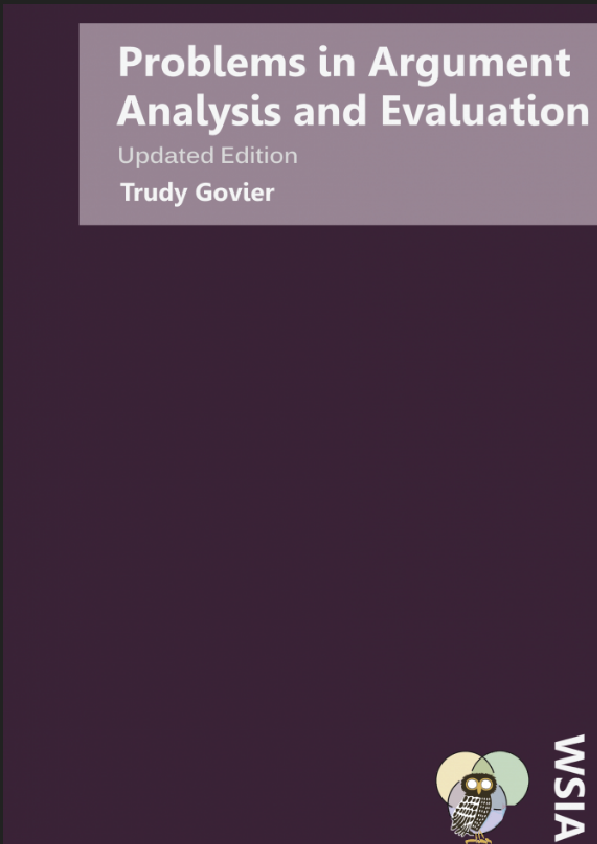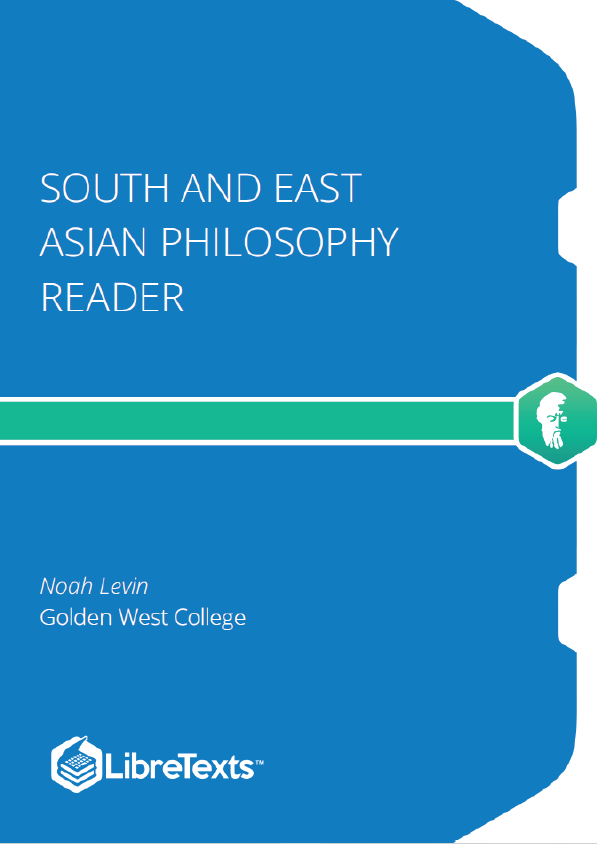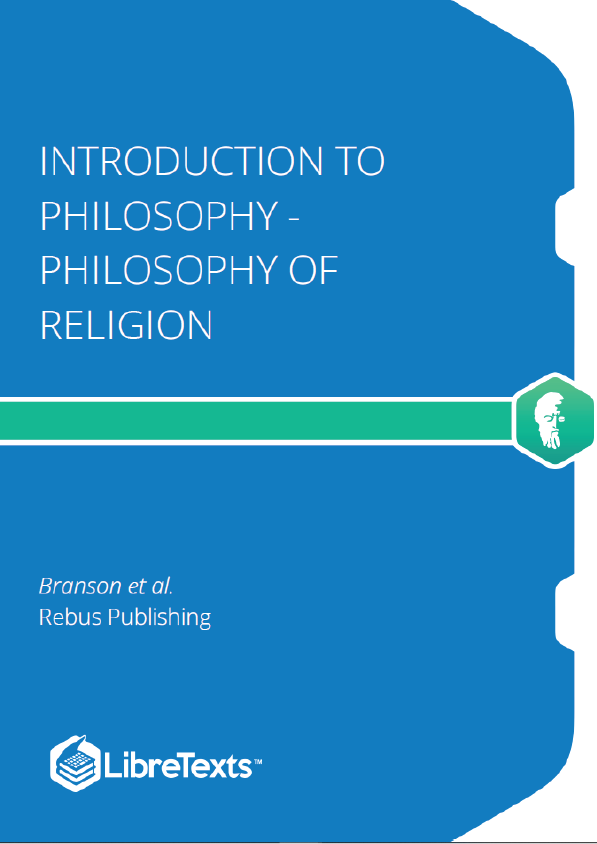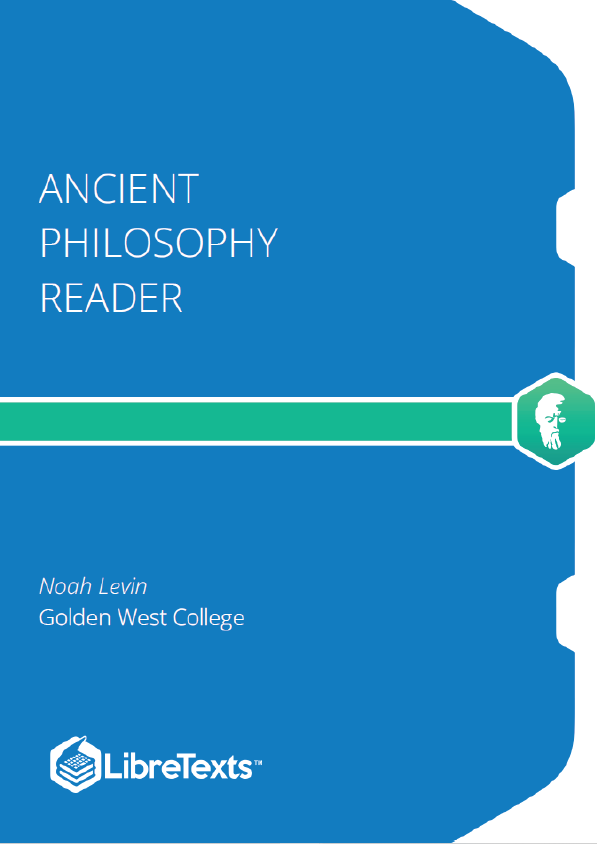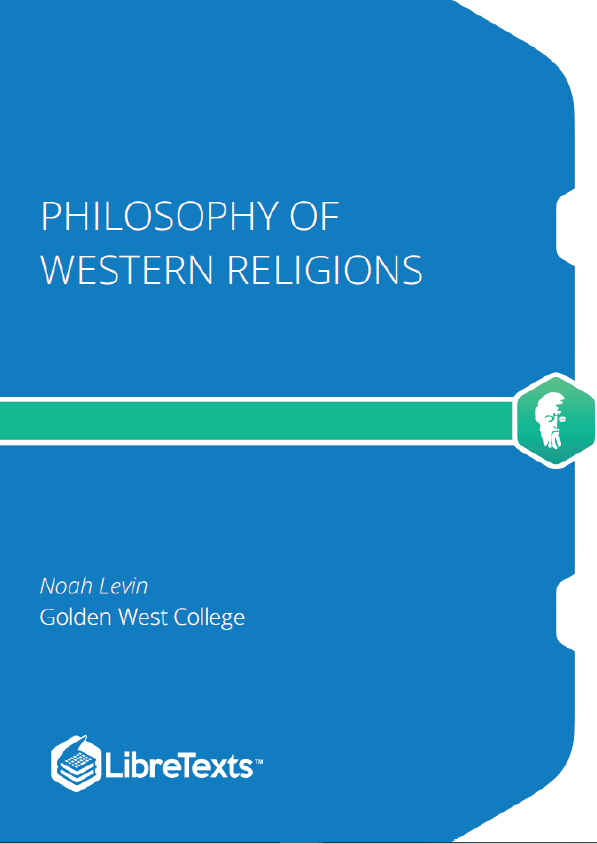Imagine that you are not reading this textbook. Imagine instead that you are lying on your back in some soft grass on a warm summer night, far from city lights, staring into the vast, dark night sky. As you continue to gaze at the stars, you would likely notice that over the course of hours they all slowly move – in unison – in the same direction. From the Northern Hemisphere, you will always see the constellation Canis Major near Orion, or the constellation of the Celestial Bear flanked by its seven hunters, but all of them will seem to rotate around Polaris, the North Star. If you are incredibly perceptive, however, you may notice that not all points of light in the night sky move together. Some of them follow their own path, wandering through the sky with the stars as a backdrop. The ancient Greeks called them asteres planetai, meaning wandering stars, which is where we get the word planet from. If you were to carefully track the path of a planet over the course of a few nights, you would realize that – even though its movement is different from that of the stars – it is far from random. It follows a certain path through the night sky. Indeed, while different planets follow different paths, you could begin to notice similarities between the motions of all the planets as they wander through the heavens. Observed from the Earth, they all appear to move in an eastward direction, and their paths are roughly on the same plane.
But why? What kind of explanation could we give for why planets’ paths differ from those of the stars? Why do planets seem to behave in very similar ways to one another? What are the best scientific theories we have to explain planetary motion?
Let’s try a familiar explanation. Those planets are actually no different from the Earth: they are large massive objects, all orbiting around a much more massive object in the centre of our solar system – the Sun. Isaac Newton showed in his law of universal gravitation that the very same force which pulls an apple to the ground, and which causes the parabolic paths of projectiles, also causes planets and moons to take the precise paths they do through space. The speed of the planets and the force of gravity keep planets like the Earth and Mars in orbit around the Sun. From the vantage point of Earth, therefore, planets seem to wander through the night sky because they are following their own, elliptical paths around our nearby Sun. Meanwhile, the constellations and positions of the stars remain relatively fixed because they are so far away from the solar system, and they rotate together due to the rotation of the Earth on its axis. This is the answer you would receive if you were able to travel back to the year 1800 and ask a member of the scientific community at the Royal Society in London, England to give you their best, agreed-upon scientific theories about planetary motion.
But what if we were to travel even further back in time, say 500 years? What accepted theories would an astronomer from the University of Paris in the year 1500 use to explain the wandering of the planets? A late-medieval astronomer would explain planetary motion by referencing Aristotelian natural philosophy. This set of theories accounted for the motion of objects by considering the movements that are natural to different elements. It was believed at the time that the universe is made of two completely distinct regions – terrestrial and celestial. Everything in the terrestrial region was thought to be composed of a certain combination of the four terrestrial elements – earth, water, air, and fire. The elements earth and water were believed to be heavy, while the elements air and fire were believed to be light.




